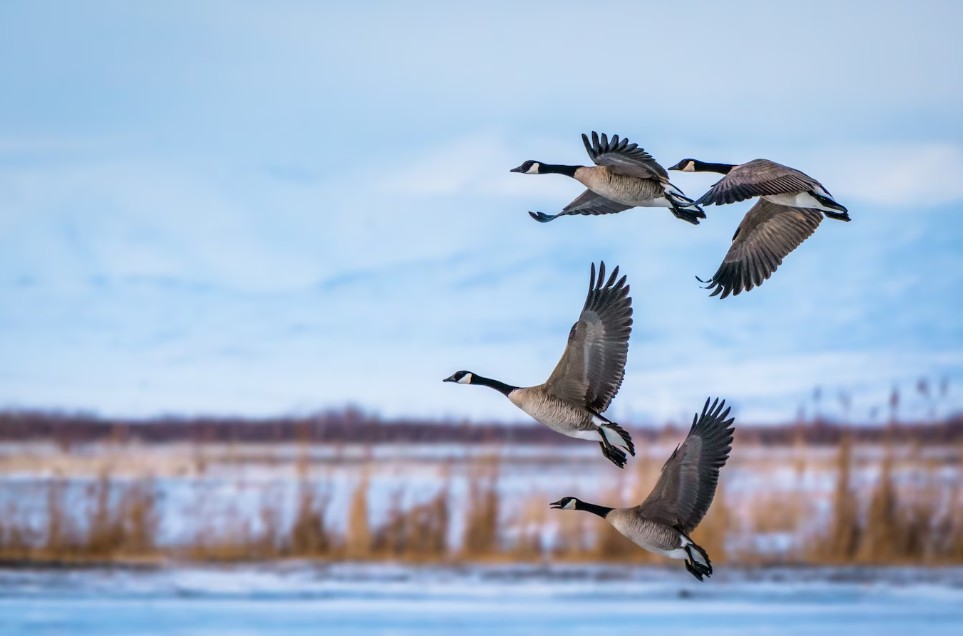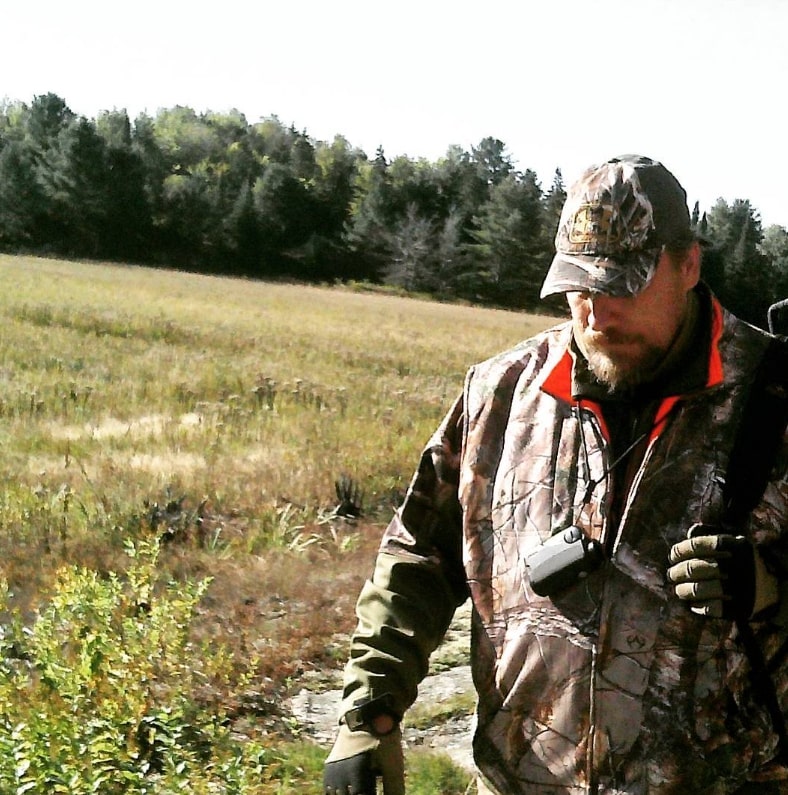Canada Goose Hunting


Canada Goose Hunting
Canada geese are an elusive game bird that many hunters in North America prize. However, successfully hunting these birds requires a deep understanding of specific techniques and knowledge, making it one of the most challenging and perplexing hunting experiences.
To increase your chances of success, the first step is to scout the area where you plan to hunt. There are many different ways to do this, including driving around, walking through fields, or even using a drone. Pay close attention to the behavior and movement patterns of the geese, as well as any signs of their presence, such as droppings, feathers, or tracks.
One of the most effective ways to scout for Canada geese is to use a well-trained retriever. These dogs can locate geese that have landed in water or grassy fields and can retrieve downed birds, making them a vital asset to any hunting expedition.
Once you have located the geese, the next step is to set up your decoys. Decoy spreads are crucial in Canada goose hunting, as they help attract the birds to your hunting location. The key to a successful decoy spread is to mimic the natural behavior of the geese. A well-designed decoy spread should look like a flock of geese feeding in a field and should include realistic-looking decoys such as full-body, shell, or silhouette decoys.
The number of decoys you use will depend on the size of the flock you are hunting. As a general rule, use at least one dozen decoys for small flocks and up to four dozen decoys for larger flocks. Another essential aspect of decoy spreads is their placement. They should be set up in a way that allows the geese to approach from different angles and land with the wind at their backs.
Concealment is crucial in Canada goose hunting, as these birds have excellent eyesight and can spot hunters from a long distance. To be successful, it is important to conceal yourself and your equipment from the geese.
The most common way to conceal yourself is by using a blind. There are several types of blinds available, including layout blinds, pit blinds, and natural blinds. Layout blinds are ideal for hunting in open fields, while pit blinds are better suited for hunting near water bodies. Natural blinds, such as brush or vegetation, are useful for blending into the surrounding environment.
Regardless of the type of blind you choose, it is important to cover it with natural vegetation, such as grass or brush, to blend in with the surroundings. You should also wear camouflage clothing that matches the terrain and the vegetation around you.
Calling is an essential technique in Canada goose hunting. Geese are social birds and communicate with each other using different calls. As a hunter, you can use these calls to lure the geese into your decoy spread.
The most common calls used in Canada goose hunting are the honk, cluck, moan, and murmur. Each call is used to convey a specific message to the geese, such as a greeting, feeding call, or warning call.
It is important to practice your calling before the hunt and use the right call at the right time.
The first and most important tip for Canada goose calling is to practice regularly. Just like with any other skill, the more you practice, the better you become. Start by practicing basic goose calls, such as the honk, cluck, and moan. You can find videos and tutorials online that can help you learn and practice these calls.
Choosing the right goose call is important. There are various types of calls available on the market, including mouth calls, flute calls, and electronic calls. Each type of call has its own advantages and disadvantages, so it’s important to experiment with different types of calls to determine which one works best for you.
The honk is the most important and effective Canada goose call. It is the primary call used to get the attention of geese and to bring them in. To perform the honk, take a deep breath and exhale while saying “hoooonk” in a low, guttural tone. It’s important to practice the honk until you can perform it convincingly.
Geese are intelligent birds, and they can easily differentiate between natural and artificial calls. As such, it’s important to use realistic calls that imitate the sound of real geese. By using realistic calls, you can increase your chances of attracting geese to your hunting location.
Patience is a key virtue when it comes to goose hunting. It’s important to remember that geese are intelligent and cautious birds, and they can be easily spooked. As such, it’s important to be patient and wait for the geese to approach your hunting location.
Knowing when to call is important when it comes to Canada goose hunting. It’s important to call early and often when you first spot geese, as this can get their attention and bring them in. However, once the geese are within range, it’s important to reduce the amount of calling to avoid spooking them.
Geese are intelligent birds, and they can easily pick up on repetitive calling patterns. As such, it’s important to vary your calls to make them sound natural and convincing. This can include changing the pitch, tone, and rhythm of your calls.
Overcalling is a common mistake made by many hunters. It’s important to remember that less is often more when it comes to goose calling. Overcalling can make geese suspicious and cause them to fly away from your hunting location.
Wind direction can have a significant impact on goose calling. It’s important to position yourself upwind of the geese to ensure that they can hear your calls clearly. If the wind direction changes, you may need to adjust your position to maintain the advantage.
Canada goose calling is an important skill for any hunter who wants to increase their chances of success. By practicing regularly, choosing the right call, using realistic calls, being patient, varying your calls, and being mindful of wind direction, hunters can improve their goose calling skills and enjoy a more successful and rewarding hunting experience.




